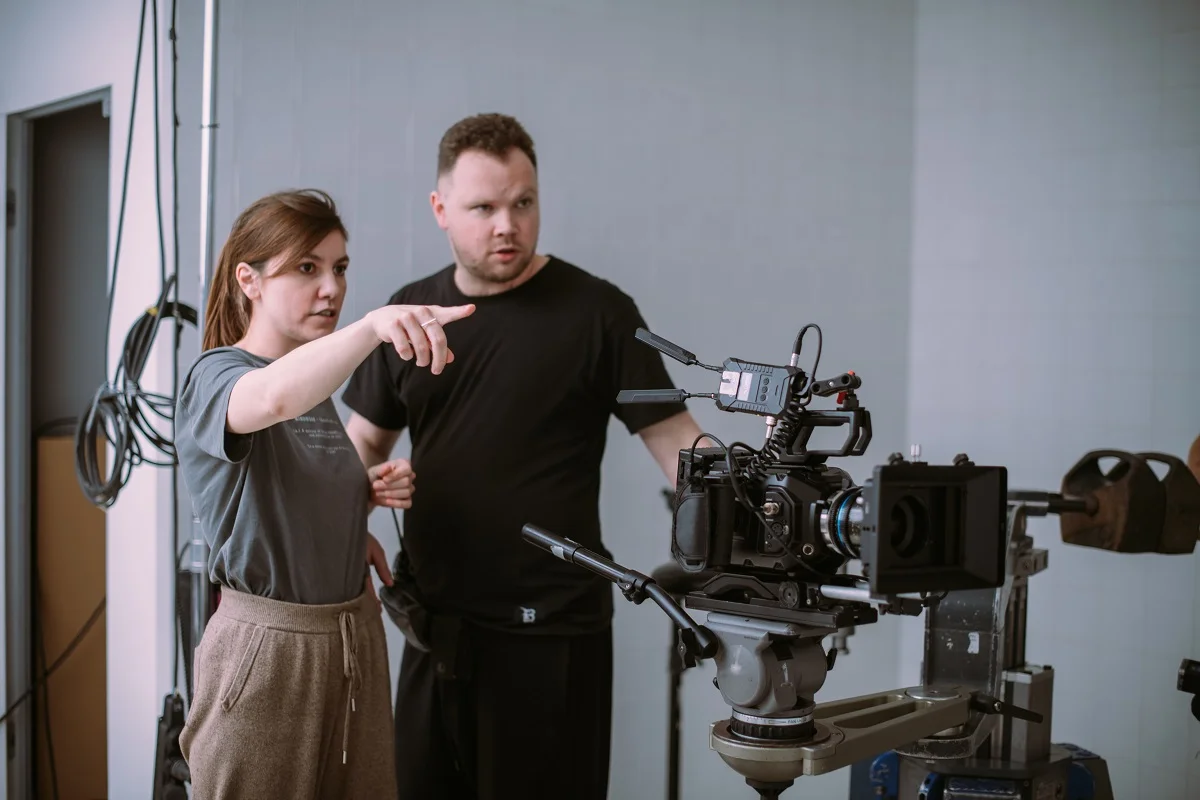The world of video game design is a fascinating and ever-evolving field that requires a unique blend of artistic creativity and technical skill. One of the key elements that can make or break a video game’s visual appeal is the texturing and lighting used in its design.
Texturing and lighting play a crucial role in creating immersive and realistic virtual worlds that captivate players and enhance their gaming experience.
Understanding Texturing in Video Games
Texturing in video game design refers to the process of adding surface detail to 3D models to make them appear more realistic and visually appealing. Textures can range from simple colors and patterns to intricate designs that mimic real-world materials such as wood, metal, or fabric.
By applying textures to objects in a game, designers can create a sense of depth, dimension, and realism that draws players into the virtual world.
The Role of Lighting in Video Games
Lighting is another essential aspect of video game design that greatly impacts the overall look and feel of a game. Proper lighting can set the mood, create an atmosphere, and direct the player’s attention to key elements within the game environment. From casting realistic shadows to simulating natural sunlight, lighting effects can enhance the visual quality of a game and make it more engaging for players.
Techniques and Tools for Texturing and Lighting
When it comes to texturing and lighting for video games, there are several techniques and tools that designers can use to achieve stunning visual results. One popular method is the use of physically based rendering (PBR), which simulates how light interacts with materials in the real world.
By using PBR shaders and textures, designers can create lifelike materials that react realistically to changes in lighting conditions.
Another important technique in texturing and lighting for video games is the use of dynamic lighting systems. Dynamic lighting allows designers to create realistic and immersive environments by simulating the way light sources interact with objects in real time.
By adjusting the intensity, color, and direction of light sources, designers can create dynamic and visually stunning scenes that enhance the overall gaming experience.
The Future of Texturing and Lighting
In addition to traditional texturing and lighting techniques, advancements in technology have opened up new possibilities for video game designers. Real-time ray tracing, for example, allows for more realistic lighting and reflections by simulating the behavior of light rays in a scene.
This technology can greatly enhance the visual quality of a game and create stunning visual effects that were previously only possible in pre-rendered cinematic sequences.
Mastering Texturing and Lighting for Success
As the demand for high-quality graphics and immersive gaming experiences continues to grow, mastering texturing and lighting techniques is essential for aspiring video game designers. By honing their skills in creating realistic textures, lighting effects, and visual effects, designers can create visually stunning games that captivate players and set new standards for the industry.
Competitive Advantage
In the competitive world of video game design, mastering texturing and lighting techniques can open up a world of opportunities for designers. Whether working for a major game studio or as a freelance designer, having a strong foundation in texturing and lighting can set you apart from the competition and help you land exciting projects in the industry.
Begin Your Journey
Whether you are just starting out in the world of video game design or looking to take your skills to the next level, mastering texturing and lighting techniques is a crucial step in creating visually stunning and immersive gaming experiences.
By understanding the principles behind texturing and lighting and staying up-to-date on the latest tools and technologies, you can elevate your game design skills and create captivating worlds that leave a lasting impression on players.
Key Takeaways:
- Texturing and lighting are essential elements in video game design, enhancing the visual appeal and immersive experience for players.
- Techniques like physically based rendering (PBR) and dynamic lighting systems play a significant role in creating realistic and dynamic game environments.
- Advancements in technology, such as real-time ray tracing, offer new possibilities for achieving high-quality graphics and visual effects in games.
- Mastering texturing and lighting techniques is crucial for aspiring video game designers to stand out in the competitive industry and secure exciting projects.
For those looking to delve deeper into the world of video game design and enhance their skills in texturing and lighting, consider taking the “NYU Animation Industry Essentials” online course and certificate program offered by Yellowbrick.
This comprehensive program can provide valuable insights and practical knowledge to help you excel in the dynamic field of video game design.








